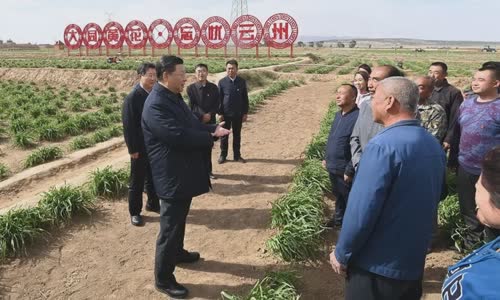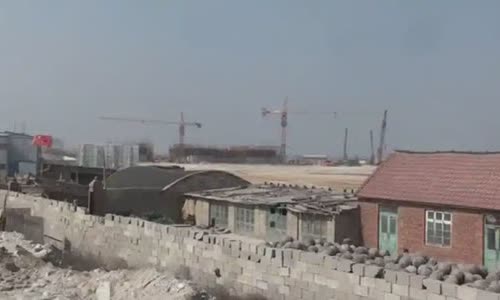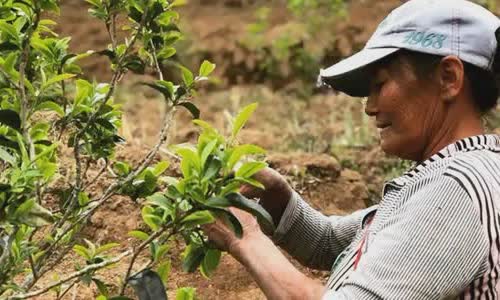China poured billions of dollars to revive the countryside, but faced many challenges such as market instability, local rigidity.
Chinese media have recently reported on visits by President Xi Jinping to fish farms, rice fields and vine fields in Ningxia, strolling lilies fields in Shanxi or visiting mushroom farms in

Chinese President Xi Jinping visits an organic yellow veranda flower farm in Yunzhou District, Dai Dong City, Shanxi Province, May 11 Photo: Xinhua.
These images reflect the vision of the latest policy that Xi has set, which is to revive the countryside.
The first phase of this effort is announced at the end of 2018 and will end in 2022. The next phase is agricultural modernization by 2035 and complete rural transformation by 2050 to match the goal of bringing China
However, this goal faces many challenges.
But when a group of scholars warned, it was known that these farmers were homeless, because their houses were cleared before agreeing a compensation and resettlement agreement with themselves.
In mid-June, after some scholars raised cases of farmers being evicted, Li Hu, director of the Shandong Department of Natural Resources and Environment, admitted that the campaign to merge villages into towns had not been followed.
The campaign "threatened villagers' right to life," said Liu Shouying, head of the Beijing People's University economics department.
Kristen Looney, a lecturer at Georgetown University in Washington, USA, said that many local officials in China misinterpreted Xi's policy of "rural revitalization" associated with "new urbanization",
Ms. Looney, who has made many field trips to China, said some Shandong farmers have to wait up to two years to build new houses and there is no guarantee they will be able to stay in new apartments.

Farmers' houses were demolished and recovered in a rural resettlement program in Lan Lang district, Shandong province Photo: Guardian.
Over the past few decades, many rural Chinese villages have lagged behind because of their unfavorable geographical location, or the population has become sparsely populated by qualified people who have migrated to urban areas in the region.
Villagers are mainly old people or children, the village is crowded only when spring comes, because villagers come from all over the countryside to celebrate Tet.
Xi's first move to address this problem is to set up a poverty reduction program in 2014, which requires local authorities to find ways to increase the income of households above poverty.
In theory, this goal is within reach.
Covid-19 increased pressure on the government to make a commitment to transform the rural economy amid a slowing national economy and many of China's 300 million migrant workers.
China's rural revival is beginning.
Others seek to develop smaller-scale farms in the direction of specialization for higher profits, especially in areas where there is no terrain for industrial-scale farming.
Teshi Organic Farm, about an hour northeast of Shenzhen, is one of the specialty firms hoping to spur a wave of rural revival.

Tea farmers in Bang Dong village, Yunnan province Photo: Matt Chitwood
"We are not focusing on manufacturing, but on developing the farm as the foundation for other types of businesses like tourism, education and teaching and training in agricultural engineering," said Xu Bin, Teshi's director.
Teshi also negotiated with the local authorities to take over other farms in the area.
Teshi is in the process of renovating some of the large buildings near the farm into educational centers for visiting students and becoming a teaching facility for local youth.
However, Matt Chitwood, a research fellow at the Institute of Contemporary World Affairs based in Washington, USA, says it is a risky endeavor.
In a place like Bang Dong, where an economy is based on agricultural specialties like tea, commodity prices often change.
"A friend of mine sold off all his cattle and invested in tea cultivation and lost all his life savings," said Chitwood.
The tea industry is reviving in this area and becoming the main source of livelihood for the community.
The idea that villagers will build their own businesses that can compete in the modern economy is a huge challenge.
"I think this is the most difficult thing to solve for the Chinese government," Chitwood said of the shortage of economically qualified manpower in the countryside.



 Lori Kirkpatrick Finney
Lori Kirkpatrick Finney







